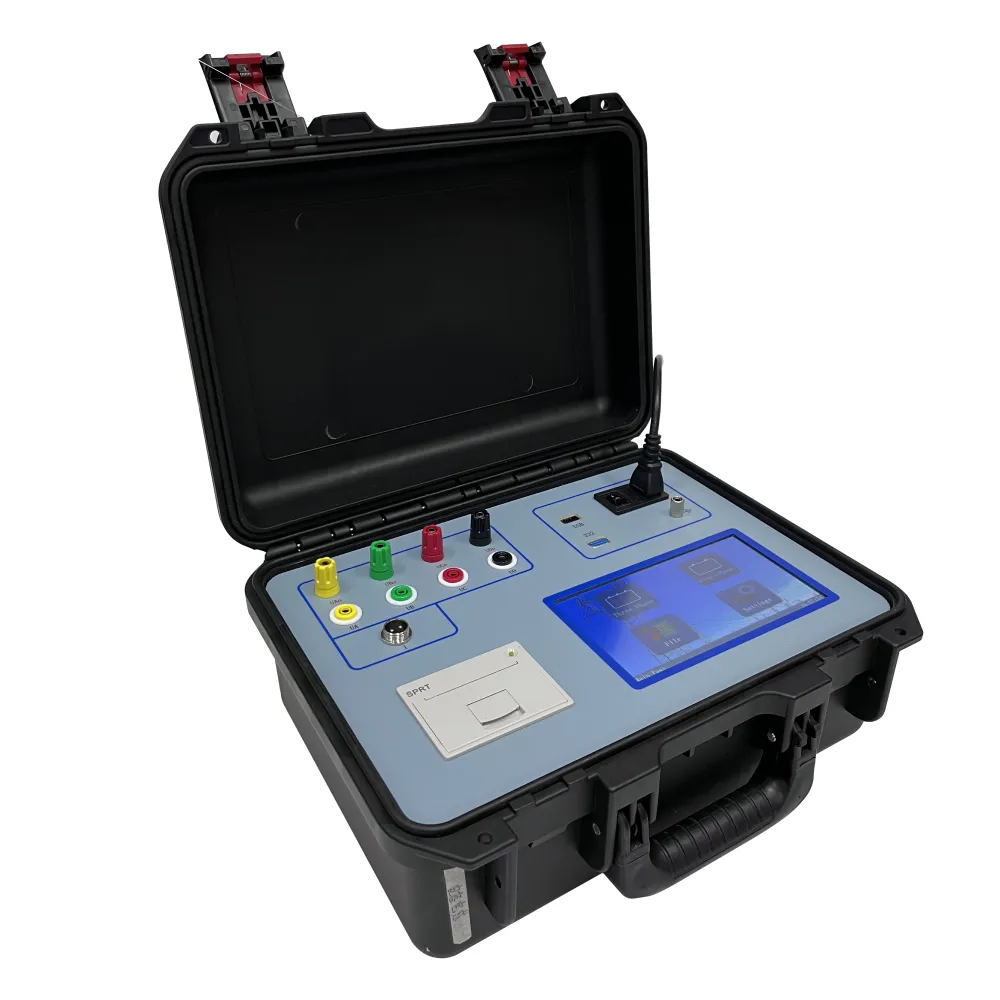 English
English



-
 Afrikaans
Afrikaans -
 Albanian
Albanian -
 Amharic
Amharic -
 Arabic
Arabic -
 Armenian
Armenian -
 Azerbaijani
Azerbaijani -
 Basque
Basque -
 Belarusian
Belarusian -
 Bengali
Bengali -
 Bosnian
Bosnian -
 Bulgarian
Bulgarian -
 Catalan
Catalan -
 Cebuano
Cebuano -
 China
China -
 China (Taiwan)
China (Taiwan) -
 Corsican
Corsican -
 Croatian
Croatian -
 Czech
Czech -
 Danish
Danish -
 Dutch
Dutch -
 English
English -
 Esperanto
Esperanto -
 Estonian
Estonian -
 Finnish
Finnish -
 French
French -
 Frisian
Frisian -
 Galician
Galician -
 Georgian
Georgian -
 German
German -
 Greek
Greek -
 Gujarati
Gujarati -
 Haitian Creole
Haitian Creole -
 hausa
hausa -
 hawaiian
hawaiian -
 Hebrew
Hebrew -
 Hindi
Hindi -
 Miao
Miao -
 Hungarian
Hungarian -
 Icelandic
Icelandic -
 igbo
igbo -
 Indonesian
Indonesian -
 irish
irish -
 Italian
Italian -
 Japanese
Japanese -
 Javanese
Javanese -
 Kannada
Kannada -
 kazakh
kazakh -
 Khmer
Khmer -
 Rwandese
Rwandese -
 Korean
Korean -
 Kurdish
Kurdish -
 Kyrgyz
Kyrgyz -
 Lao
Lao -
 Latin
Latin -
 Latvian
Latvian -
 Lithuanian
Lithuanian -
 Luxembourgish
Luxembourgish -
 Macedonian
Macedonian -
 Malgashi
Malgashi -
 Malay
Malay -
 Malayalam
Malayalam -
 Maltese
Maltese -
 Maori
Maori -
 Marathi
Marathi -
 Mongolian
Mongolian -
 Myanmar
Myanmar -
 Nepali
Nepali -
 Norwegian
Norwegian -
 Norwegian
Norwegian -
 Occitan
Occitan -
 Pashto
Pashto -
 Persian
Persian -
 Polish
Polish -
 Portuguese
Portuguese -
 Punjabi
Punjabi -
 Romanian
Romanian -
 Russian
Russian -
 Samoan
Samoan -
 Scottish Gaelic
Scottish Gaelic -
 Serbian
Serbian -
 Sesotho
Sesotho -
 Shona
Shona -
 Sindhi
Sindhi -
 Sinhala
Sinhala -
 Slovak
Slovak -
 Slovenian
Slovenian -
 Somali
Somali -
 Spanish
Spanish -
 Sundanese
Sundanese -
 Swahili
Swahili -
 Swedish
Swedish -
 Tagalog
Tagalog -
 Tajik
Tajik -
 Tamil
Tamil -
 Tatar
Tatar -
 Telugu
Telugu -
 Thai
Thai -
 Turkish
Turkish -
 Turkmen
Turkmen -
 Ukrainian
Ukrainian -
 Urdu
Urdu -
 Uighur
Uighur -
 Uzbek
Uzbek -
 Vietnamese
Vietnamese -
 Welsh
Welsh -
 Bantu
Bantu -
 Yiddish
Yiddish -
 Yoruba
Yoruba -
 Zulu
Zulu
hipot insulation tester
Understanding HIPOT Insulation Testers Ensuring Electrical Safety
Electrical safety is paramount in any industrial or commercial environment, and one of the essential tools used to ensure this safety is the HIPOT (High Potential) insulation tester. This device serves a crucial role in testing the integrity of electrical insulation in various equipment and cables. With the increasing reliance on complex electrical systems, understanding how the HIPOT tester works and its significance can help prevent electrical failures and accidents.
What is a HIPOT Tester?
A HIPOT tester is designed to apply a high voltage to a device under test (DUT) to verify the effectiveness of its insulation. The instrument essentially creates a controlled electrical stress that the insulation must withstand without breaking down. It measures the insulation resistance and checks for any potential short circuits or leakage paths, ensuring that the equipment can operate safely without posing hazards to users or equipment.
How Does a HIPOT Tester Work?
The operation of a HIPOT tester involves several key steps
1. Setup The device under test is connected to the HIPOT tester. This typically involves connecting leads to the input and output terminals of the DUT.
2. Voltage Application The tester is configured to apply a specific high voltage (usually between 500 to 5000 volts, depending on the application) to the insulation. The voltage level is chosen based on the equipment's rated voltage and insulation requirements.
3. Testing Phase Once the voltage is applied, the tester monitors the insulation's response. There are two main outcomes during this phase either the insulation withstands the voltage, indicating good insulation quality, or it fails, which could be indicated by a breakdown of insulation or significant leakage current.
hipot insulation tester

4. Results Analysis After the test, the HIPOT tester displays the results, which typically include leakage current measurements and a pass/fail indicator. These results help technicians analyze the health of the insulation.
Importance of HIPOT Testing
Regular HIPOT testing is vital for several reasons
- Preventing Electrical Failures By identifying weak insulation, HIPOT testing helps prevent potential electrical failures that could lead to equipment damage or fire hazards.
- Compliance with Standards Many industries are required to adhere to strict safety standards. OSHA (Occupational Safety and Health Administration) and NFPA (National Fire Protection Association) guidelines often mandate insulation testing to ensure compliance and safety.
- Increasing Equipment Longevity Regular testing can identify insulation degradation early, allowing for timely repairs or replacements, ultimately extending the lifespan of electrical equipment.
- Protecting Personnel Ensuring that equipment is properly insulated protects workers from electric shocks or other accidents, fostering a safer working environment.
Conclusion
In conclusion, HIPOT insulation testers are essential devices in the realm of electrical safety. They play a critical role in identifying insulation failures, ensuring compliance with safety standards, and protecting both equipment and personnel from electrical hazards. By incorporating regular HIPOT testing into maintenance routines, organizations can maintain a high level of safety and reliability in their electrical systems, ultimately leading to a more efficient operational environment. Understanding and utilizing HIPOT testers is, therefore, not just a good practice but a necessary aspect of modern electrical safety management.
-
Ensuring Transformer Reliability with High-Precision Turns Ratio TestingNewsJul.18,2025
-
Ensuring SF₆ Gas Safety: Introducing PUSH’s Integrated SF₆ Analyzer for Dew Point, Purity, and Decomposition MonitoringNewsJul.10,2025
-
Exploring the Main Types of Industrial Endoscopes and Their Applications Across IndustriesNewsJul.04,2025
-
Testing Equipment Industry Sees Major Advancements in 2025: Smart & Precision Technologies Lead the WayNewsJun.06,2025
-
Applications of Direct Current Generators in Renewable Energy SystemsNewsJun.05,2025
-
Hipot Tester Calibration and Accuracy GuidelinesNewsJun.05,2025



